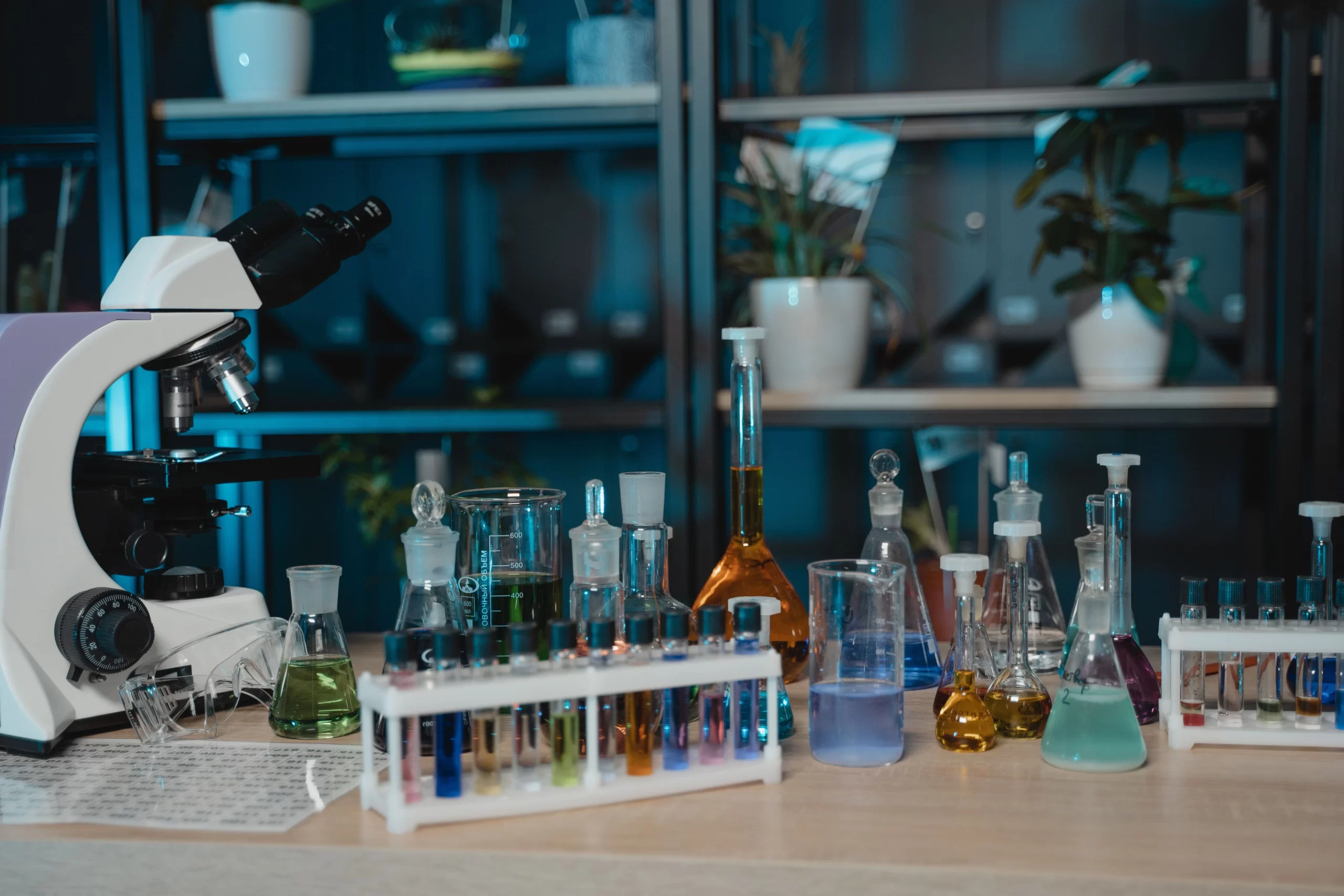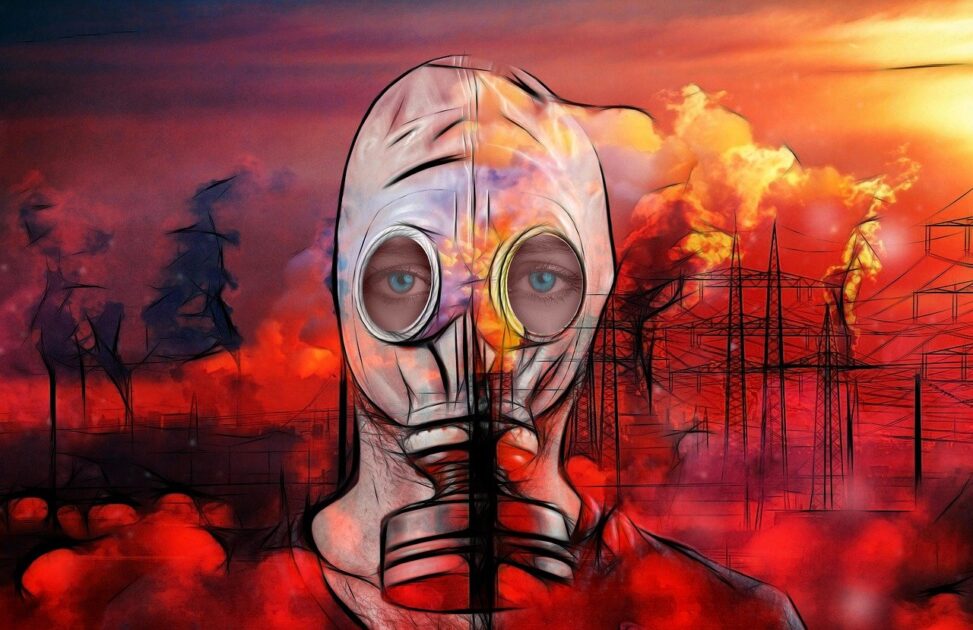Introduction
Laboratories play a vital role in advancing scientific knowledge and fostering innovative solutions. However, conducting research involving biological agents and hazardous materials within these settings necessitates meticulous adherence to biosafety and biosecurity practices.In order to safeguard the well-being of laboratory personnel, preserve the environment, and minimize potential hazards linked to laboratory work, it is imperative to implement and uphold the Principles for Biosafety and Biosecurity in Labs. This article endeavours to delve into the core principles and guidelines that are vital for upholding rigorous biosafety and biosecurity standards within laboratory settings.

Creating a Culture of Biosafety and Biosecurity
Establishing a culture that prioritizes biosafety and biosecurity is fundamental to promoting responsible conduct within the research community. It begins with fostering awareness, providing education, and cultivating a sense of shared responsibility among laboratory personnel. This culture should encourage open communication, incident reporting, and continuous improvement in safety practices.

Formal Policies and Standard Operating Procedures (SOPs)
Laboratories must establish formal, written policies and standard operating procedures (SOPs) that encompass biosafety and biosecurity measures. These documents serve as guidelines for laboratory personnel, ensuring consistent and safe practices. SOPs should cover a wide range of activities, including handling hazardous materials, managing waste, using equipment, and implementing emergency response protocols.

Institutional Oversight
Designating an institutional official responsible for overseeing biosafety and biosecurity programs is essential. This official should ensure the availability of adequate resources and personnel for effective implementation. They play a crucial role in coordinating activities, enforcing compliance with federal regulations and guidelines, and promoting a culture of safety within the organization.

Establishment of an Institutional Biosafety Committee (IBC)
Establishing an institutional biosafety committee (IBC) is crucial for the review and approval of research involving biological agents. The IBC serves a critical function in monitoring and ensuring strict adherence to biosafety and biosecurity standards. It assesses the potential risks associated with proposed experiments, verifies appropriate containment levels, and provides guidance on safety practices.

Regular Risk Assessments and Audits
Periodic risk assessments and audits are vital for evaluating and improving biosafety and biosecurity practices. These assessments identify potential hazards, evaluate the level of risk, and determine appropriate control measures. Regular audits ensure compliance with established protocols, identify areas for improvement, and facilitate the implementation of corrective actions.

Training and Education Programs
The development of thorough training and education programmes is necessary to ensure that everyone working in labs, including employees, researchers, learners and visitors, is doing so in a safe and knowledgeable setting. The principles of biosafety and biosecurity, suitable handling methods, efficient use of personal safety gear (PPE), emergency response skills, and the importance of swiftly reporting events should all be covered in these programmes. Continuous education keeps staff members abreast of the most recent recommendations and best practices, promoting a culture of continuous development in the laboratory environment.

Implementation of Specific Biosafety Measures
Implementing specific biosafety measures is crucial for maintaining a safe laboratory environment. This includes adhering to a code of practice, ensuring proper laboratory design and facilities, acquiring and maintaining suitable equipment, implementing medical surveillance programs, and establishing appropriate waste management protocols. Such measures minimize the risk of exposure to biological agents and promote overall safety.

Conclusion
Effective implementation of Principles for Biosafety and Biosecurity in Labs, while practising is paramount for the safe and responsible conduct of laboratory research. By establishing a culture of biosafety, developing clear policies, engaging in institutional oversight, conducting regular risk assessments, providing comprehensive training, and implementing specific biosafety measures, laboratories can ensure the protection of personnel, the environment, and the community. Embracing these key principles will pave the way for a secure and successful laboratory environment that fosters scientific advancement while prioritizing safety and security.
For additional insights, visit: Biosafety & Biosecurity Resources Hub
FAQs (Frequently Asked Questions)
What is biosafety in laboratory settings?
The term “biosafety” refers to the rules and procedures designed to reduce the danger of coming into contact with biological agents inside laboratory settings. It entails putting policies into place to safeguard people, the natural environment, and the general public from potential risks.
Why is it important to establish a culture of biosafety and biosecurity?
The development of a biosafety and biosecurity culture encourages ethical behaviour and awareness among laboratory workers. It promotes open communication, the reporting of incidents, and ongoing safety practice improvement, creating a more secure place to work.
What are standard operating procedures (SOPs) in laboratories?
Written instructions called SOPs, or standard operating procedures, specify the particular methods and practises that must be followed in lab settings. They cover a variety of topics such as managing hazardous items, waste management, & emergency response and assure consistent and safe practices.
What is the role of an institutional biosafety committee (IBC)?
Research employing biological agents must be reviewed and approved by an institutional biosafety committee (IBC). It is essential for determining hazards, assessing compliance with biosafety as well as biosecurity requirements, and offering advice on best practices.
Why are regular risk assessments and audits important in laboratories?
The efficiency of the biosecurity and biosafety procedures in laboratories is assessed on a regular basis through risk assessments and audits. They recognise potential risks, assess the degree of risk, and choose the best safeguards. Additionally, audits ensure compliance, point out opportunities for development and support corrective actions.


